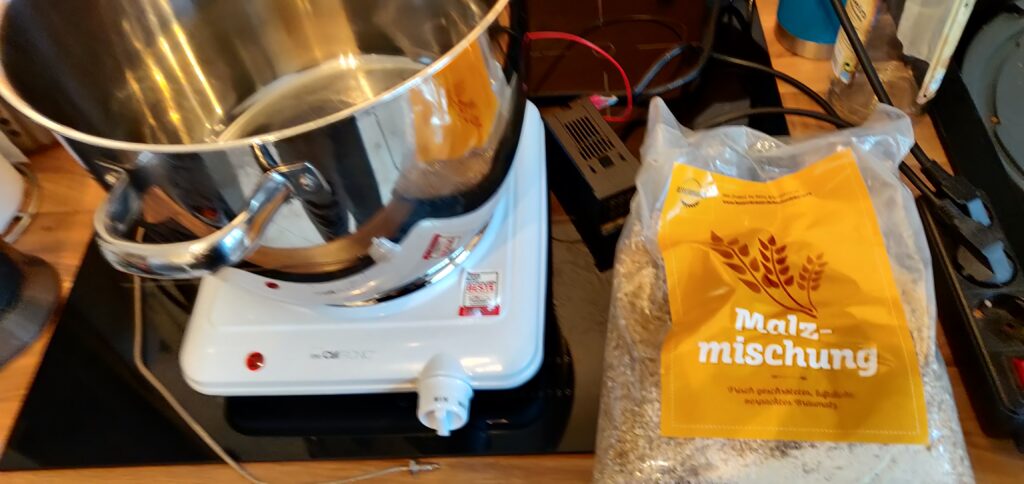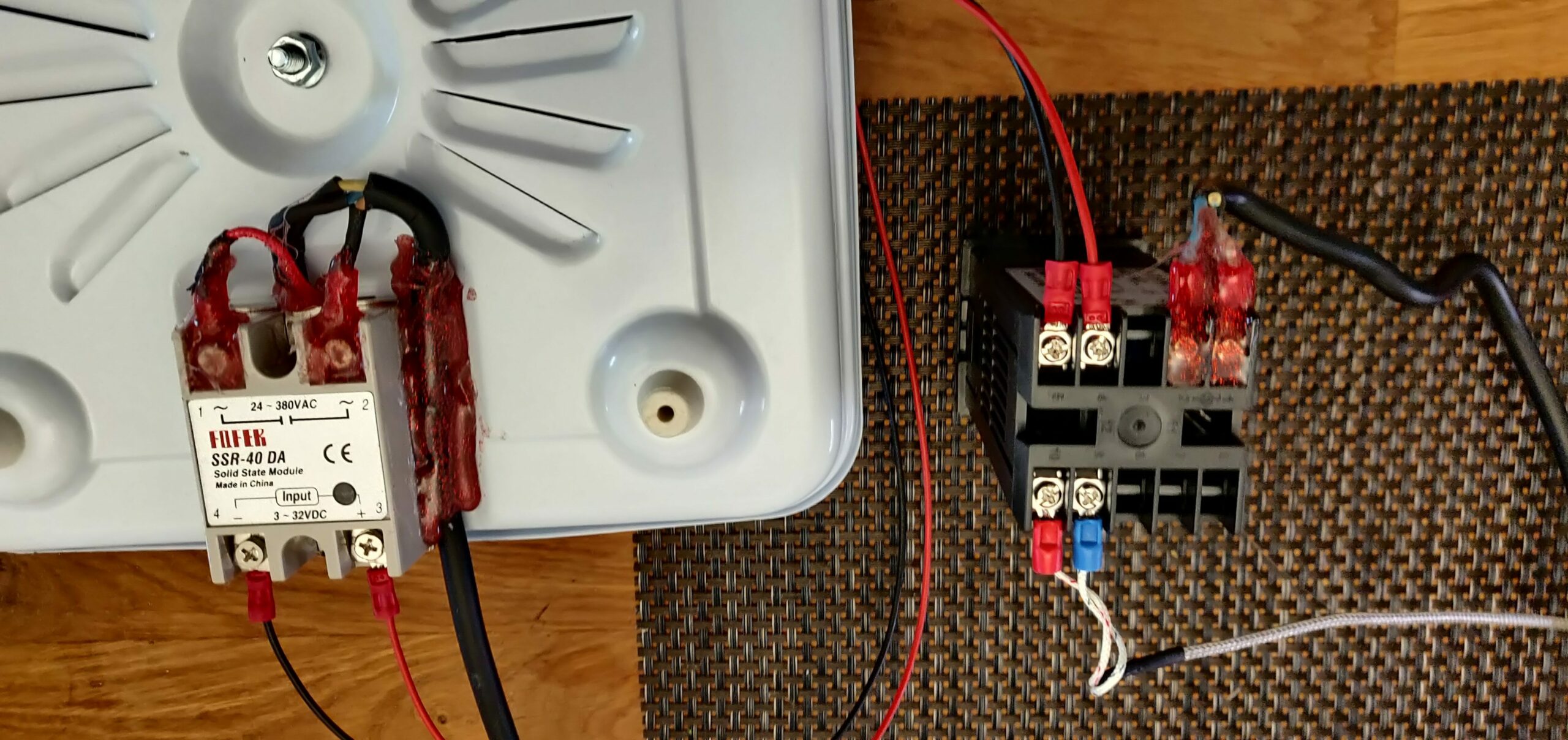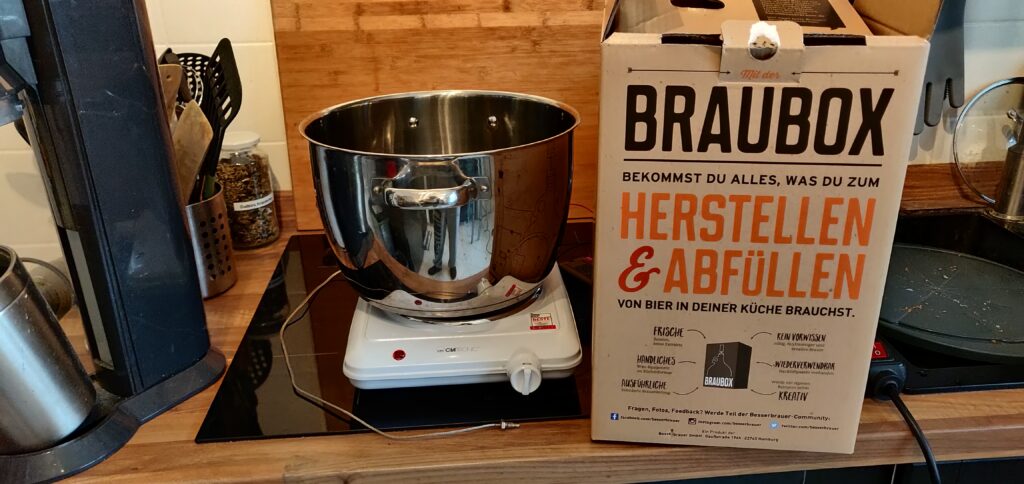
The first step consists of extracting the wort out of the malt. This is done under controlled temperature setpoints and defined resting times.

Four temperatures are important to hold for a certain period of time for the conversion process:
- 47-53°C: „Eiweißrast“ – protein gets broken up by special enzymes. Today, this step is not always necessary since in processed malts very little protein is left to begin with. And a little amount of protein is needed for good foam on the final beer!
- 62-65°C: „Maltoserast“ – beta-amylase enzymes get re-activated at this temperature and begin converting starch to maltose (sugar). Later on, the yeast converts this sugar to ethanol.
- 70-73°C: „Verzuckerungsrast“ – alpha-amylase enzymes get re-activated at this temperature and being converting starch to dextrin. The yeast can only marginally process dextrin. Dextrin leads to a sweet and full-bodied taste in the final beer.
- 76-78°C: „Abmaischen“ – force remaining alpha-amylase to get re-activated to convert the remainder of the starch to dextrin. Having any starch left in the wort is highly undesired since this will lead to a fatty and unpleasant taste in the final beer.
A longer Maltoserast means more maltose and therefore ethanol gets produced, leading to a stronger beer. On the other hand, a shorter Maltoserast means more starch is left for dextrin production which leads to a fuller taste. In conclusion, temperature control and timing is crucial for achieving the correct balance between maltose and dextrin, which determine the final strength and taste of the beer.

